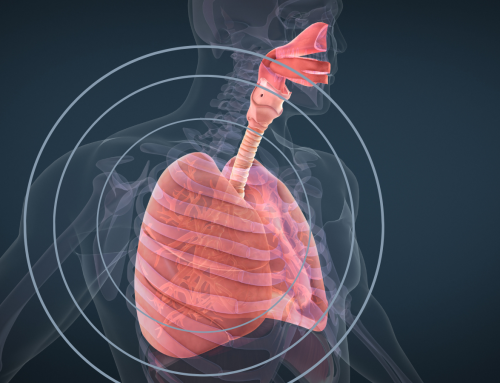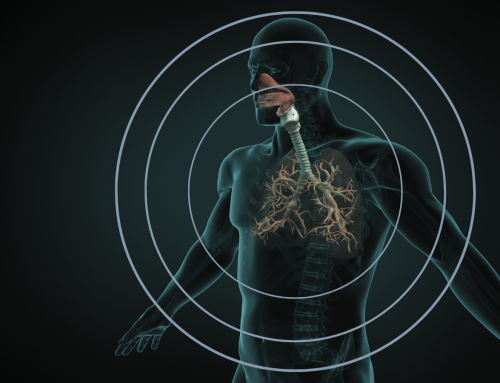Let’s get back to basics: what is chest physiotherapy?
Some conditions or circumstances can make breathing challenging. This can happen for a number of reasons, and chest physiotherapy aims to alleviate breathing symptoms as much as possible with a variety of techniques, to ensure you can be as active as possible and enjoy life.
What is chest physiotherapy?
Chest physiotherapy, also known as respiratory physiotherapy or breathing physiotherapy, can take many different forms in different settings.
For example:
- Airway clearance techniques: it can involve using breathing techniques and devices to promote movement of excess, thick, or sticky mucus from your lungs to keep them clear and infection free.
- Managing breathlessness: chest physiotherapy may involve helping you stay active by teaching you strategies to manage your breathlessness, promoting independence and reducing breathing related anxiety.
- Exercise: chest physiotherapists (respiratory physiotherapists) can help you become fitter and more active in a safe and controlled manner, by improving your cardiovascular fitness and strengthening your muscles (as well as your breathing muscles)!
- Breathing patterns – chest physiotherapy will help teach you how to breathe better and make the most of your lungs depending on your condition. Chest physiotherapy can also help people recovering from infections such as pneumonia or covid-19.
- Lifestyle: it can involve thinking about lifestyle changes to improve your long term lung health.
Who is chest physiotherapy for?
Anyone with breathing symptoms can benefit from chest physiotherapy.
Specific conditions that benefit from chest physiotherapy include:
- Asthma
- Bronchiectasis
- Chronic obstructive pulmonary disease (COPD)
- Cystic fibrosis
- Long covid
- Breathing pattern disorders
- Muscular dystrophy
- Pneumonia
- Spinal cord injury
Respiratory physiotherapy techniques may also be recommended before certain surgeries.
How can chest physiotherapy help me?
It very much depends on your symptoms and your history, but if you are someone with a history of breathlessness or chest infections, read on!
Your respiratory system is made up of the nose, mouth, trachea (windpipe), bronchial tubes and lungs. To facilitate the movement of air in and out of your lungs, respiratory muscle groups, including the diaphragm, come into play. Microscopic hair-like structures called cilia line our airways and assist in clearing away dust, germs, and airborne irritants from our lungs.
Inflammation in the lungs, a natural response to exposure to germs and irritants, can make breathing more challenging. Inflammation occurs when a physical factor triggers an immune reaction. It doesn’t necessarily indicate infection, but infection can lead to inflammation.
While inflammation is a natural defense against infection, it can result in narrowed airways. Obstructed airways may manifest as coughing, wheezing, and shortness of breath. This obstruction can lead to mucus build-up in the lungs, paving the way for infection and initiating the inflammation cycle once again.
While coughing is a natural way to remove mucus; excessive, thick, or sticky mucus may require additional breathing techniques to move mucus that is trapped deep within the lungs. Respiratory physiotherapists can provide tailored airway clearance regimes to help break the vicious cycles of infection and ease inflammation, as well as helping reduce levels of breathlessness and prompting physical activity, all which contribute to optimal long-term lung health.
How can Air Physiotherapy help?
Air Physiotherapy’s respiratory physiotherapists are skilled in identifying and recommending the best chest physiotherapy technique to cater to your needs.
To find out more about how we can help your individual circumstance, or to have your existing programme assessed, Get in touch with the team:
email: enquiries@airphysiotherapy.co.uk
call 020 7971 1464





